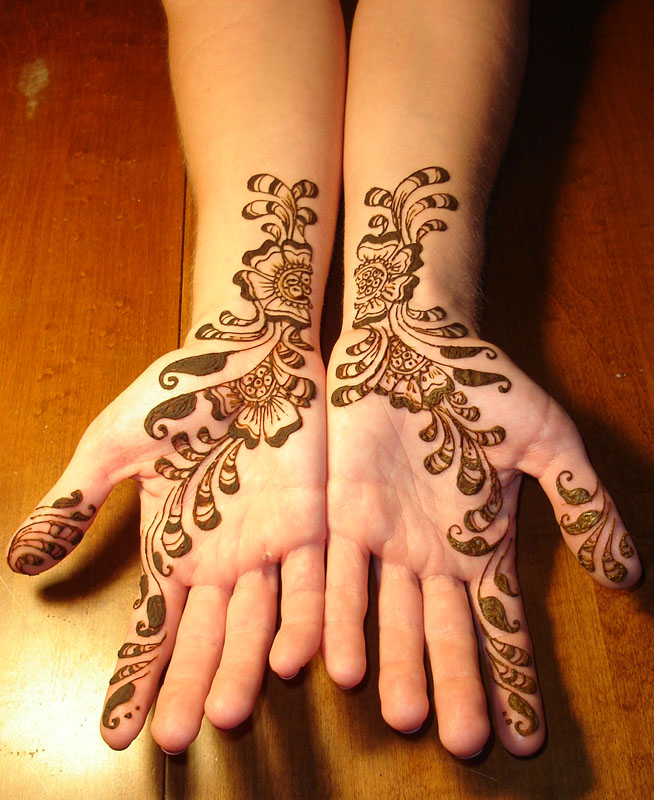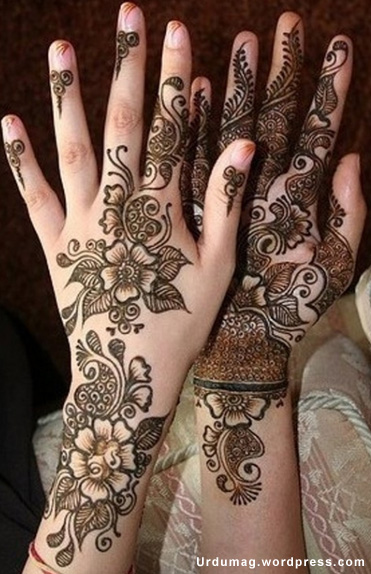Wedding Mehndi Henna Tattoos On Hand Picture 1
Wedding Mehndi Henna Tattoos On Hand Picture 2
Wedding Mehndi Henna Tattoos On Hand Picture 3
Wedding Mehndi Henna Tattoos On Hand Picture 4
Wedding Mehndi Henna Tattoos On Hand Picture 5
Wedding Mehndi Henna Tattoos On Hand Picture 6
Wedding Mehndi Henna Tattoos On Hand Picture 7
Wedding Mehndi Henna Tattoos On Hand Picture 8
Wedding Mehndi Henna Tattoos On Hand Picture 9
Wedding Mehndi Henna Tattoos On Hand Picture 10
Wall paintings excavated at Akrotiri (dating prior to the eruption of Thera in 1680 BCE) show women with markings consistent with henna on their nails, palms and soles, in a tableau consistent with the henna bridal description from Ugarit. Many statuettes of young women dating between 1500 and 500 BCE along the Mediterranean coastline have raised hands with markings consistent with henna. This early connection between young, fertile women and henna seems to be the origin of the Night of the Henna, which is now celebrated worldwide.









